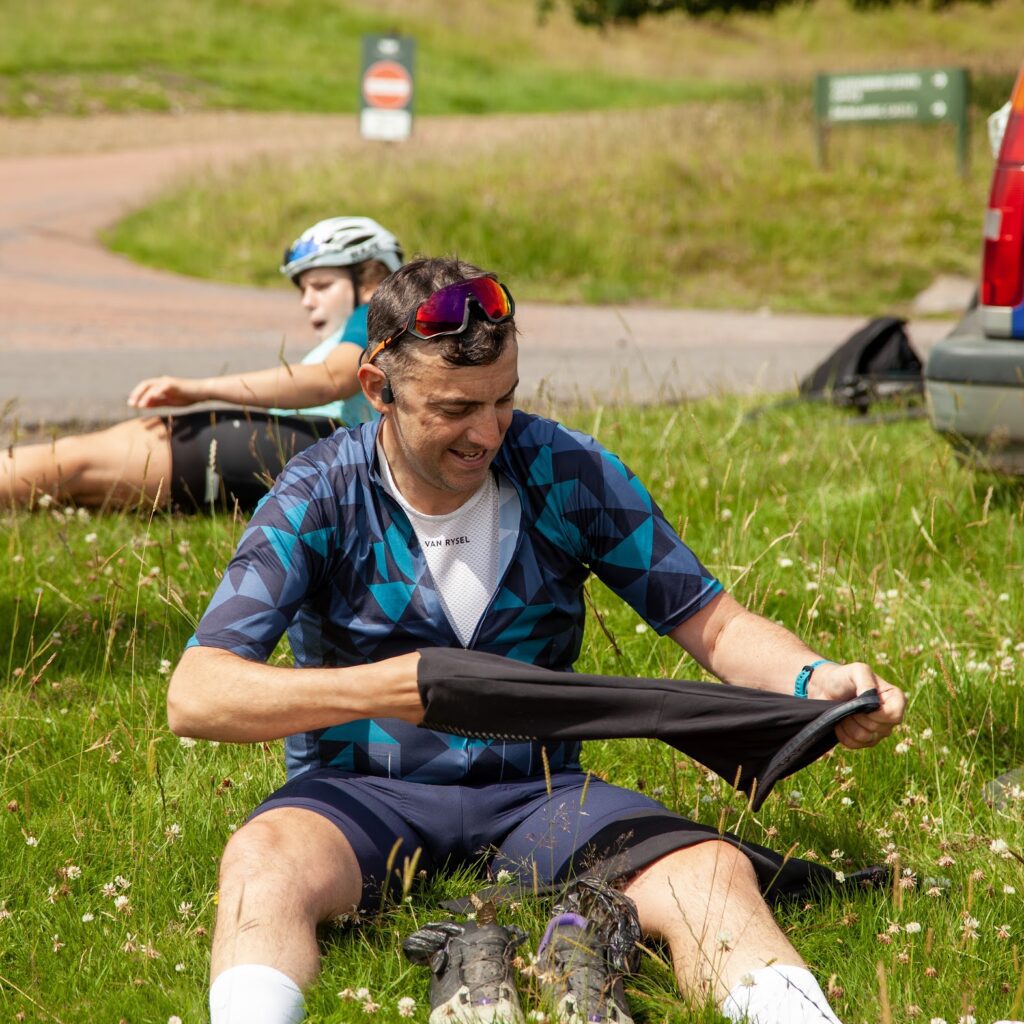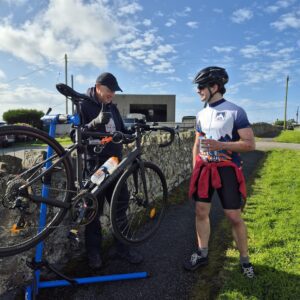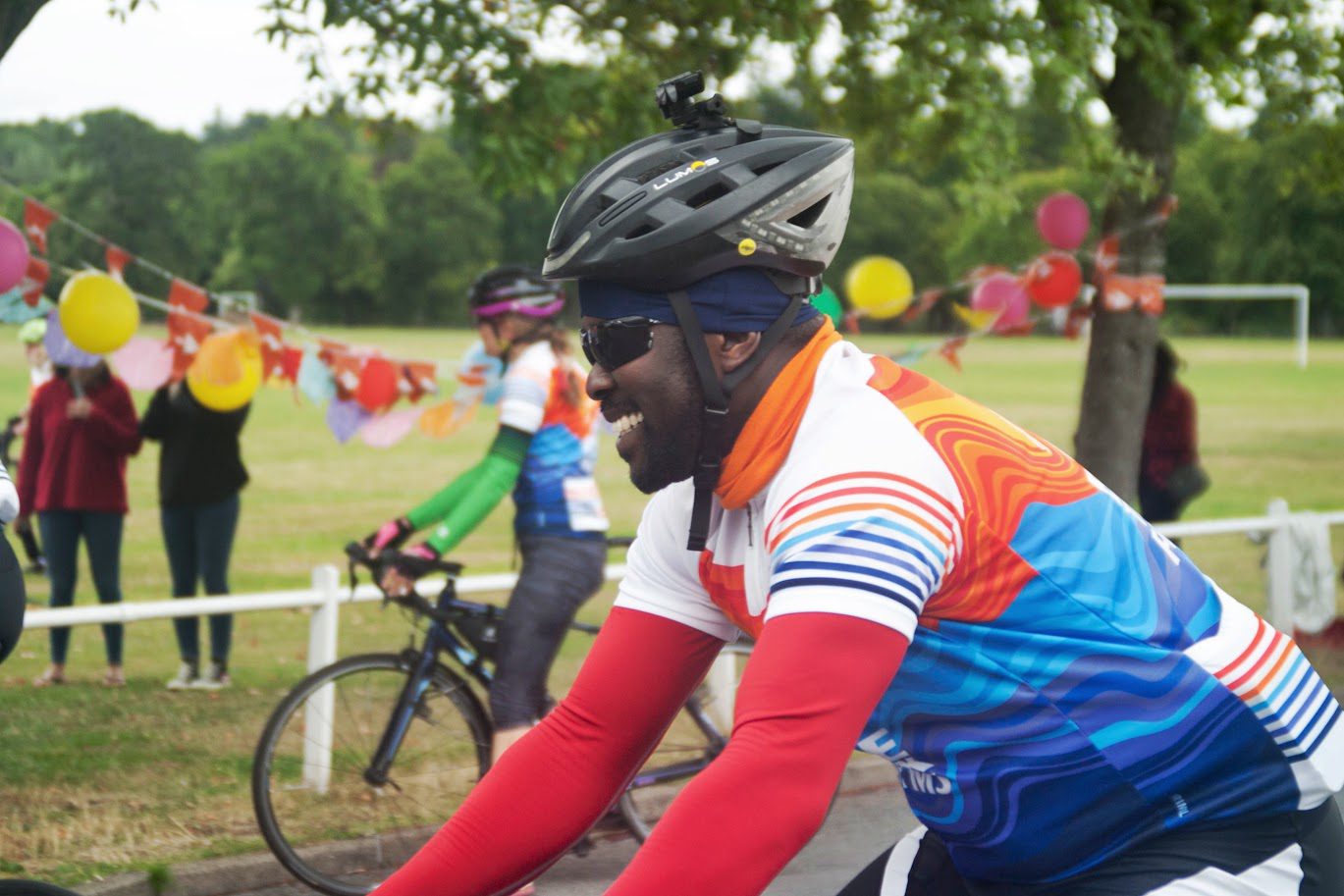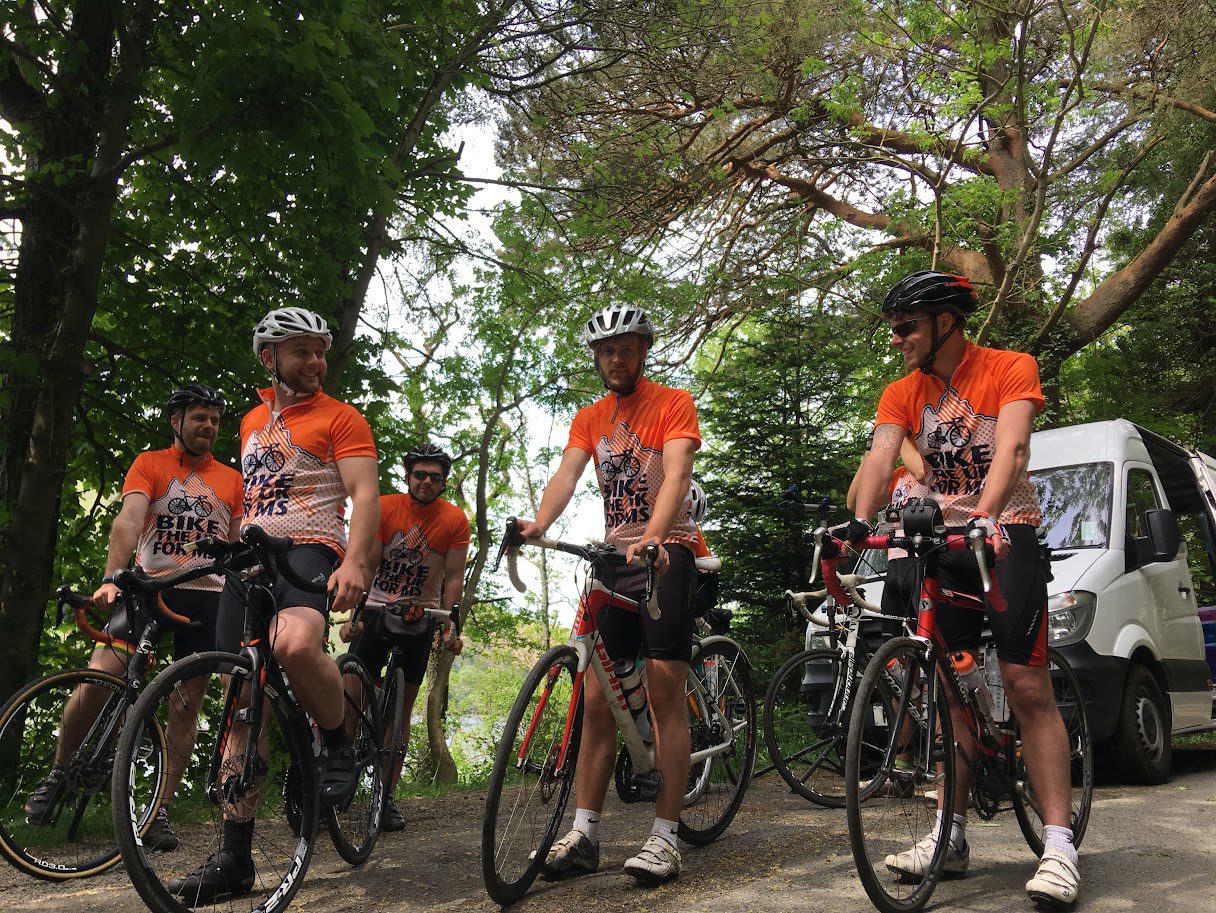Here is part 2 of Felix’s Guide to Winter Cycling! Including the final 4 tips to complete the list.
check out part 1 first if you haven’t seen it yet!
Tip 4 – Mudguards
As you will be able to tell by looking at any of my bikes, I am often guilty of not following my own advice in this regard. Mudguards may not be the most exciting bit of cycling gear to upgrade your bike with but they can make a huge difference in the winter.
Riding with mudguards can help keep your bike clean but more importantly for this list, they can keep you drier and help to remove some of the discomfort that can come with winter riding. Even if it’s not raining, the ground will often be wet during winter, so spray from your wheels can turn you sodden – even during a sunny ride.
It’s not just you it can help!
What’s more, if you are riding with others then the spray from your rear wheel will fly up into the face of the rider behind you which is an excellent way to put people off riding with you. Some cycling clubs will strictly enforce mudguards on winter rides for this very reason.
One of the biggest uses I have had for mudguards is when I am trying to combine my cycling with something else, for example commuting or riding to meet up with someone instead of driving. This is a great way to rack up winter riding time but if you are covered in water and muck from head to toe it can be incredibly inconvenient. If you have mudguards on, these rides are much easier to manage and I find that as a bonus I can pack lighter too as less of my stuff will be sodden.
It can be a little tricky to get mudguards fitted properly so that they don’t rub, rattle or break off entirely. It can take a bit of fiddling around but you can even get clip on ones for road bikes without mounts for full mudguards so there is no excuse not to use them. As a minimum, you can get a small plastic fin to extend behind your saddle – unnoticeable to even the most particular rider but just enough to keep the spray off your backside!
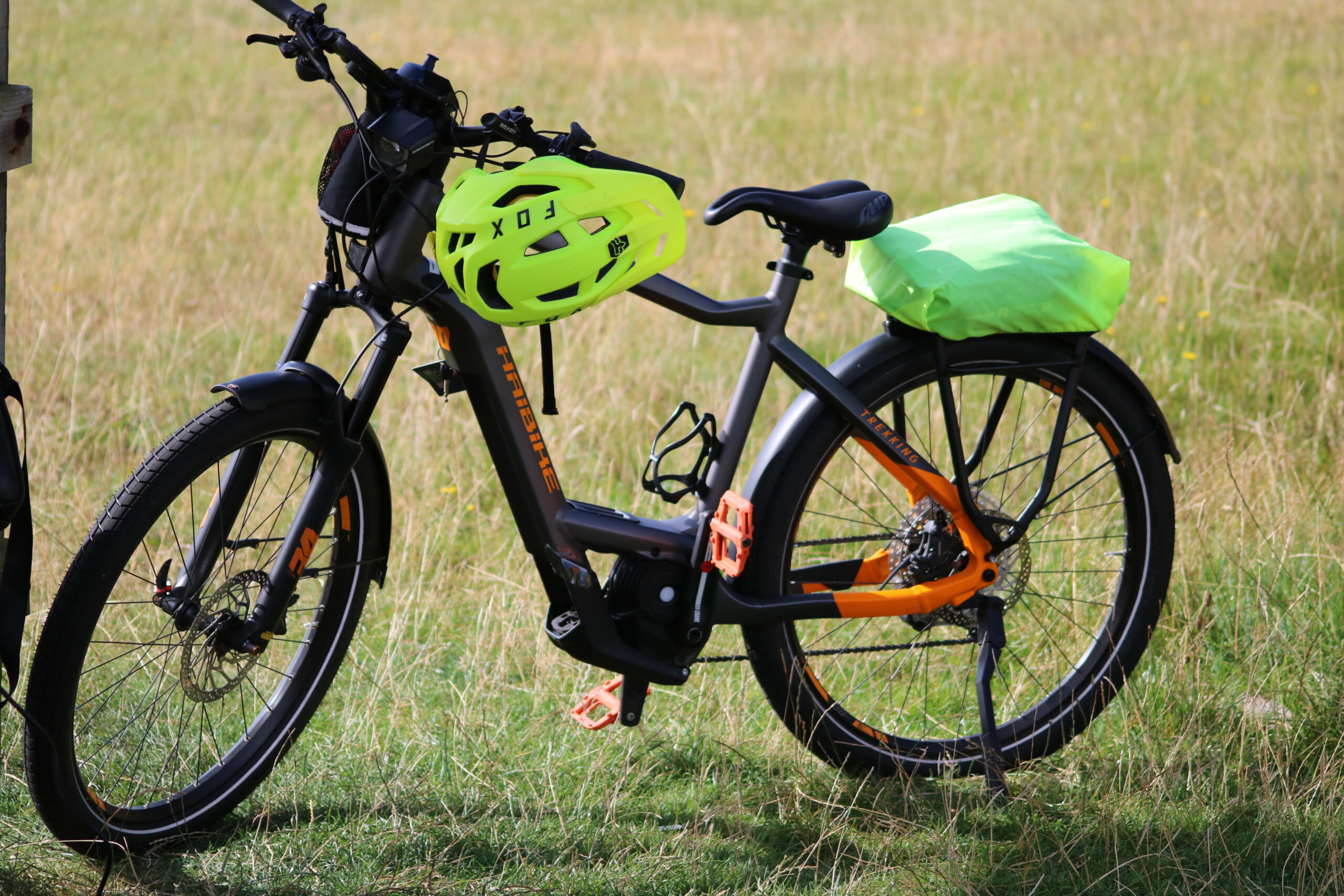
Tip 5 – Lights
It gets dark early during the winter months. Even if you are riding in daylight hours the weather can be gloomy (or a low sun can make it too bright) and visibility on the roads can be severely compromised. Flashing lights can make a huge difference to how visible you are on the road to other users.
There are bike lights available that are super bright and very sophisticated but you can use a basic rechargeable flashing light to make a big difference to how visible you are out riding. Of course, during the hours of darkness they are a legal requirement.
There have been a number of times during the winter months where a daytime ride can suddenly become an evening one and so having the lights rigged up, charged and ready to go can make sure you don’t get yourself into a dangerous situation unexpectedly. I have even done a fair amount of riding (commuting or otherwise) in the evenings after work in the dark; if you are meticulous about your route planning and ensure you have taken measures to ensure you are visible this can be a great way to ride in the winter.
This doesn’t need to be on the roads but if you are going to be going exploring in the dark then some proper bright lights will be needed to make sure you can see where you are going. A headtorch is also a good thing to combine with lights on your handlebars – that way you can see what you are looking at, not just what is in front of your bike!
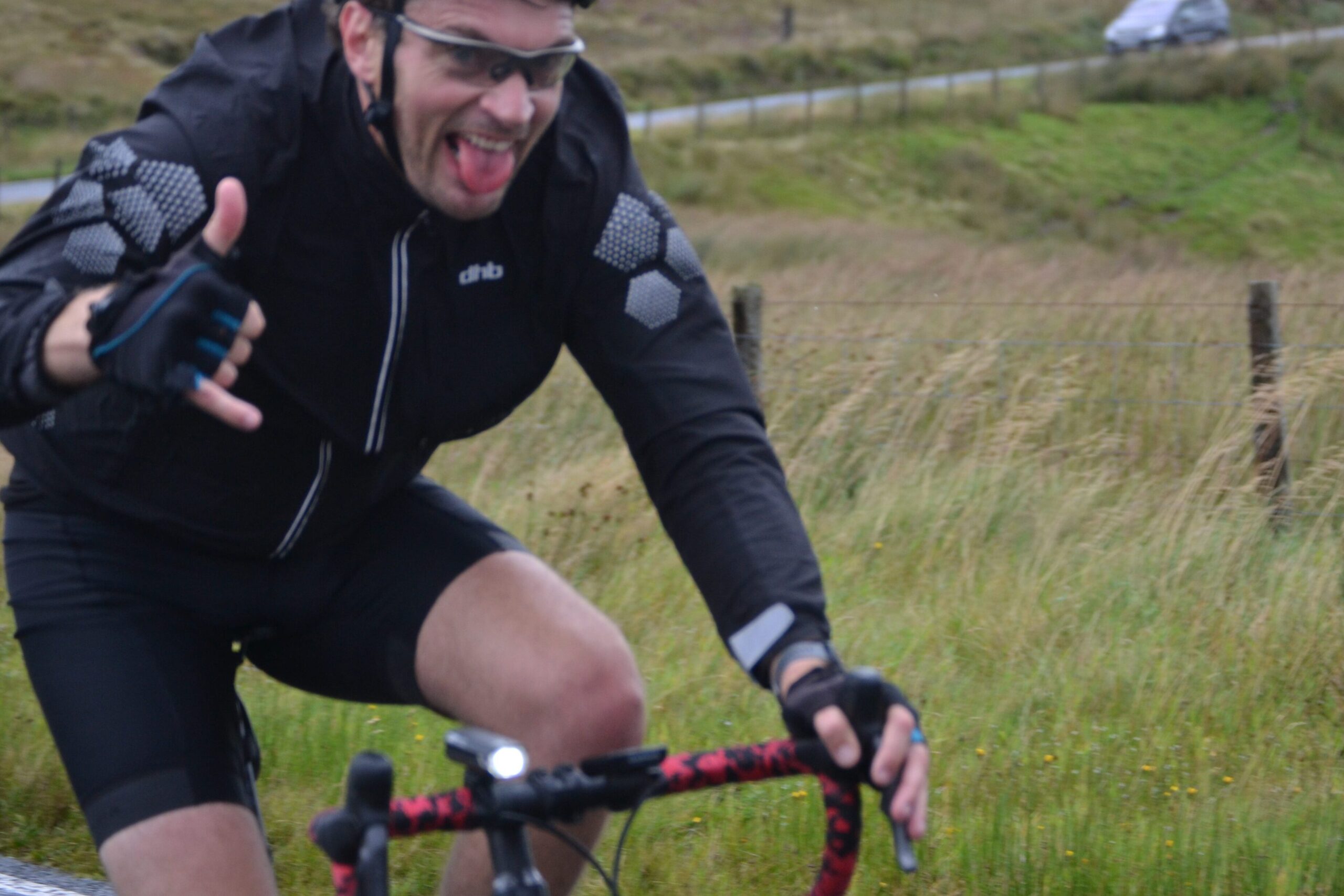
Tip 6 – Spares
You should always ride with enough spares and tools to get you home from the most typical mechanical issues. For example spare tubes, tyre levers, a pump and a multi tool. However, the winter months can put more of a strain on your bike and so being extra prepared for issues when riding in the winter is an important way not to come across problems.
Wet weather can bring extra grit and dirt to the road surfaces, from the verges and fields alike. The cold weather also means that cracks and potholes in the road surface open up and are more likely to snag you with a pinch puncture.
Hedges are often also trimmed in the autumn and as a result you can end up with all manner of thorns and sharp bits strewn across the road ready to put a devasting hole in your tubes (and morale!). You can even find yourself exposed to the threat of a hole hidden under a puddle – where a puncture or other mechanical issue might be getting of lightly.
So whilst a puncture can happen at any time of the year, riding with a bit of extra security in the winter can account for the increased potential of an issue. Whether that means bringing an additional tube to usual, also putting in a patch kit that you normally wouldn’t bring or taking a larger multitool with more options – it is normally worth the minor inconvenience.
Not least because whilst stopping and waiting for rescue because you have run out of spares is never a good place to be – it is even worse when it is cold/wet/windy/dark. This tip will also be endorsed by whoever it is that you would be calling to come to pick you up.
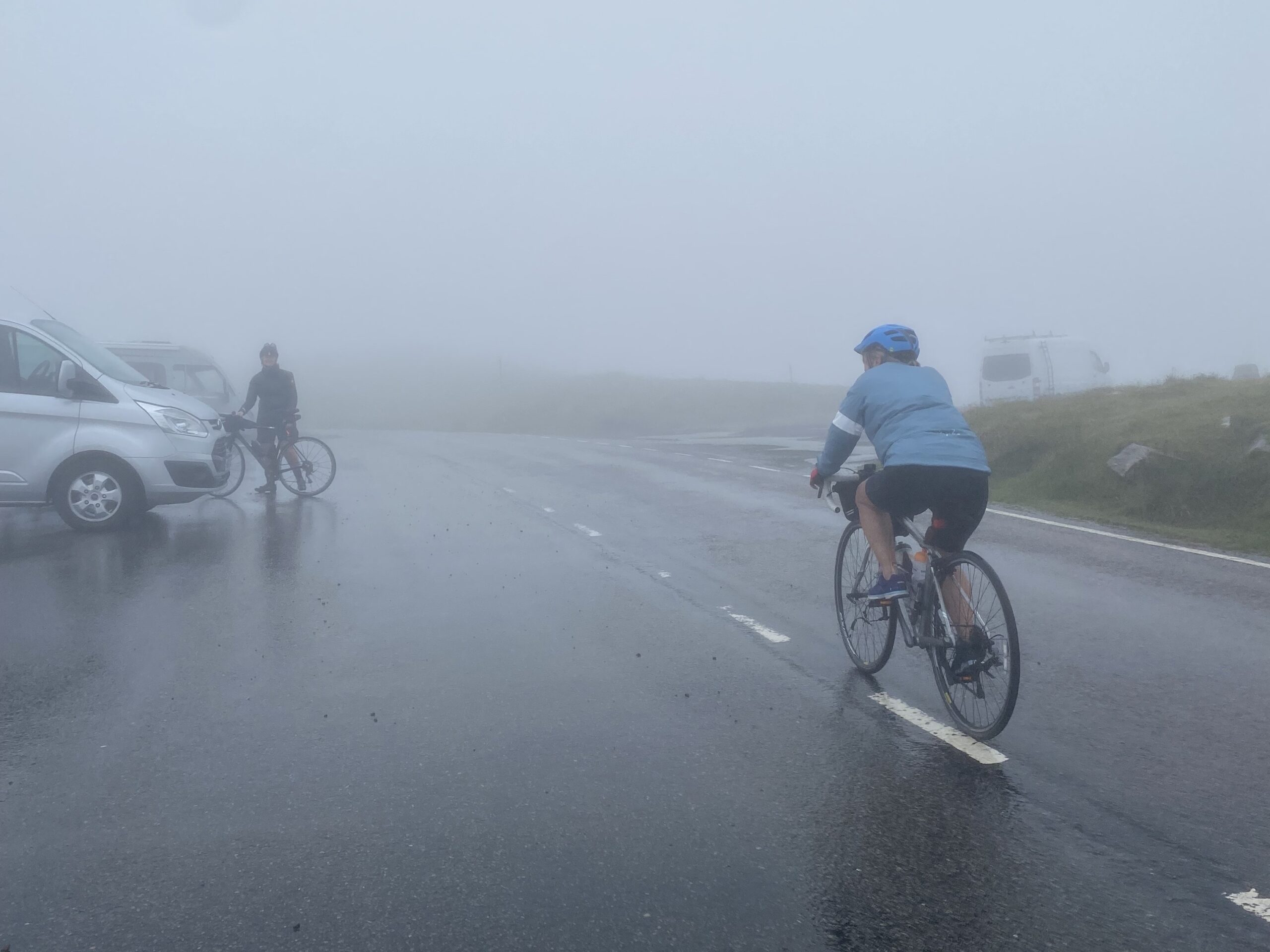
Tip 7- Adaptable planning
My final tip is about being adaptable and flexible with your riding plans to fit the conditions in the best way possible. You might have a preferred way of riding in optimum conditions but pragmatism may be needed in the winter when optimum conditions are less likely to occur!
You may have had a morning where going for a ride was on the agenda and then the weather is stormy with dangerous gusts. Or perhaps the rain has flooded the roads around you and the lanes are impassable. Perhaps it is icy and starting out is too risky early in the morning.
There are lots of ways that you can still get most of the benefits of riding, even with a bit of compromise. Perhaps you can do your ride indoors on a turbo trainer or rollers – Zwift and other online platforms have made indoor training better than it has ever been before.
Maybe you can ride at a different time when the weather is better. I use a rain radar to plan when I make my 30 minute ride home from work as I am fortunate to be able to be flexible about when I come and go. If the rain is going to stop a bit later then I change my plans so I can ride when it is dry. There is no point being out in the rain and then getting home for the sun to come out (if I have the option!)
It doesn’t have to be on a bike…
You can also exercise in a different format. Many of the things that make a winter bike ride unpleasant (or even dangerous) are far more manageable on a run or a walk and you can still get much of the training benefit that you will get from riding. Even going to the gym or joining an exercise class will be of benefit – even though it might be quite different from going for a bike ride.
Finally, being able to see the wood for the trees and putting a single missed riding opportunity in context. You might miss a ride here or there but over the course of a year it will make very little difference (or no difference at all). Sometimes, things just don’t work out. What is important is not to let missing a ride or two (due to weather or anything else) lead to a huge gap in your riding. That is what will lead to you getting towards the summer and feeling unprepared to make the most of your riding.
If you have spent the winter running, walking, going to the gym and riding when you can then things will come together quickly in the summer. It is a long way to get ready for a summer ride if you haven’t done anything for months on end. So get out there – future you will thank you for it!
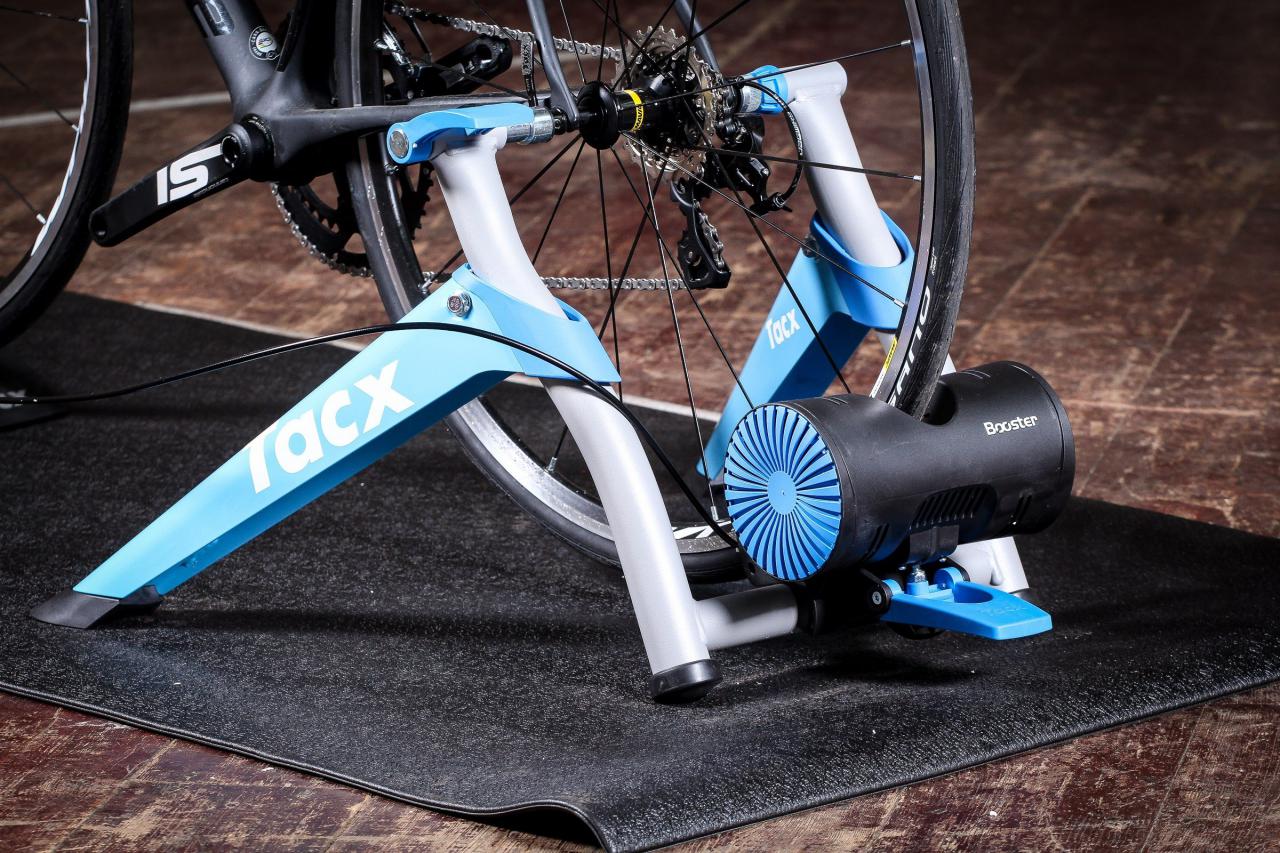
Take a look on our Instagram and Facebook to see the full tips video and more!
Part 2 coming soon…




